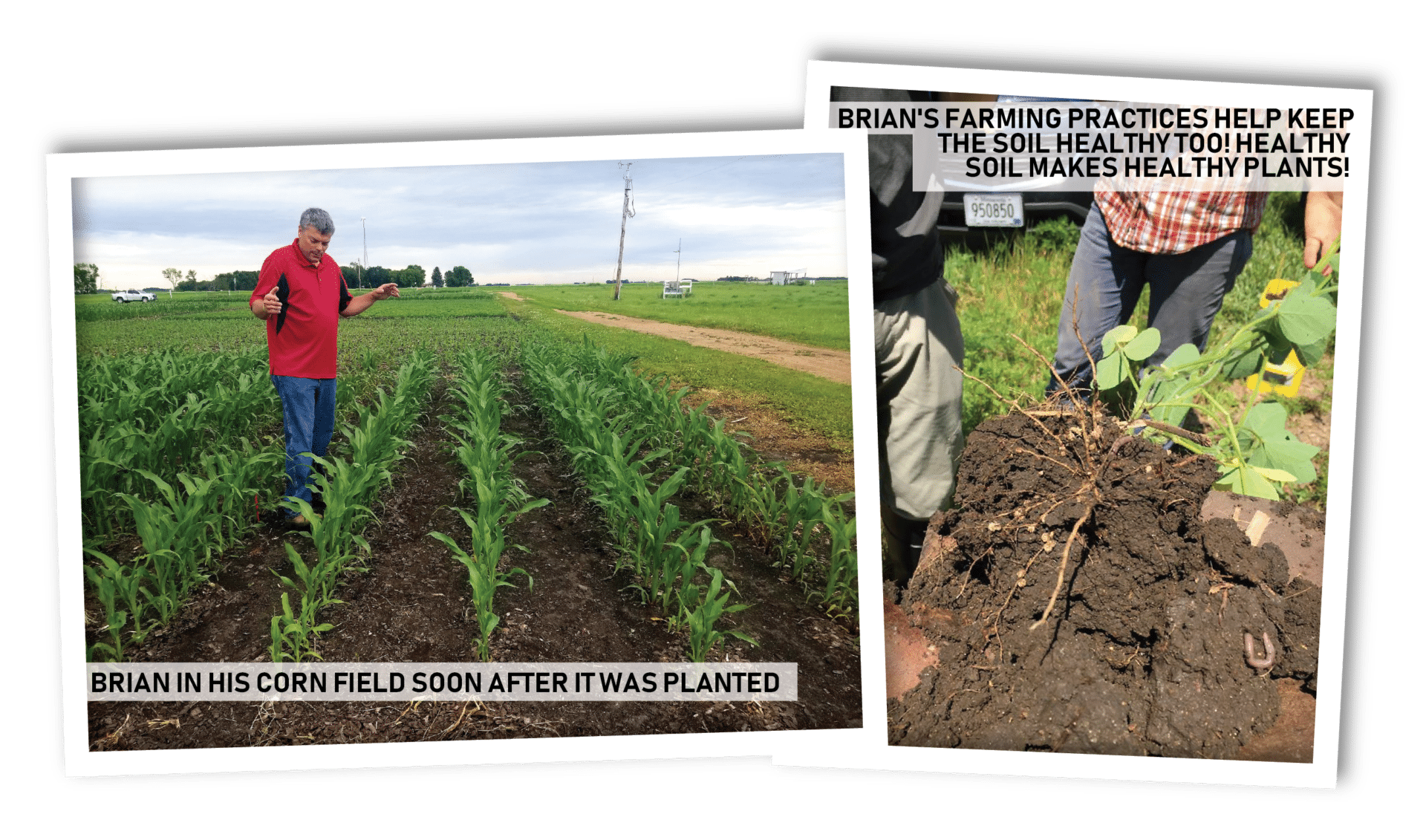Farming Across Minnesota
Farmers in Minnesota work hard to grow their plants and take care of their animals. They pay special attention to the soil, water, and climate. Keeping their farms healthy for the future is very important. They use skills and knowledge learned from past farmers, while also learning new ways to farm. Let's meet the Rousu and Pfarr families.
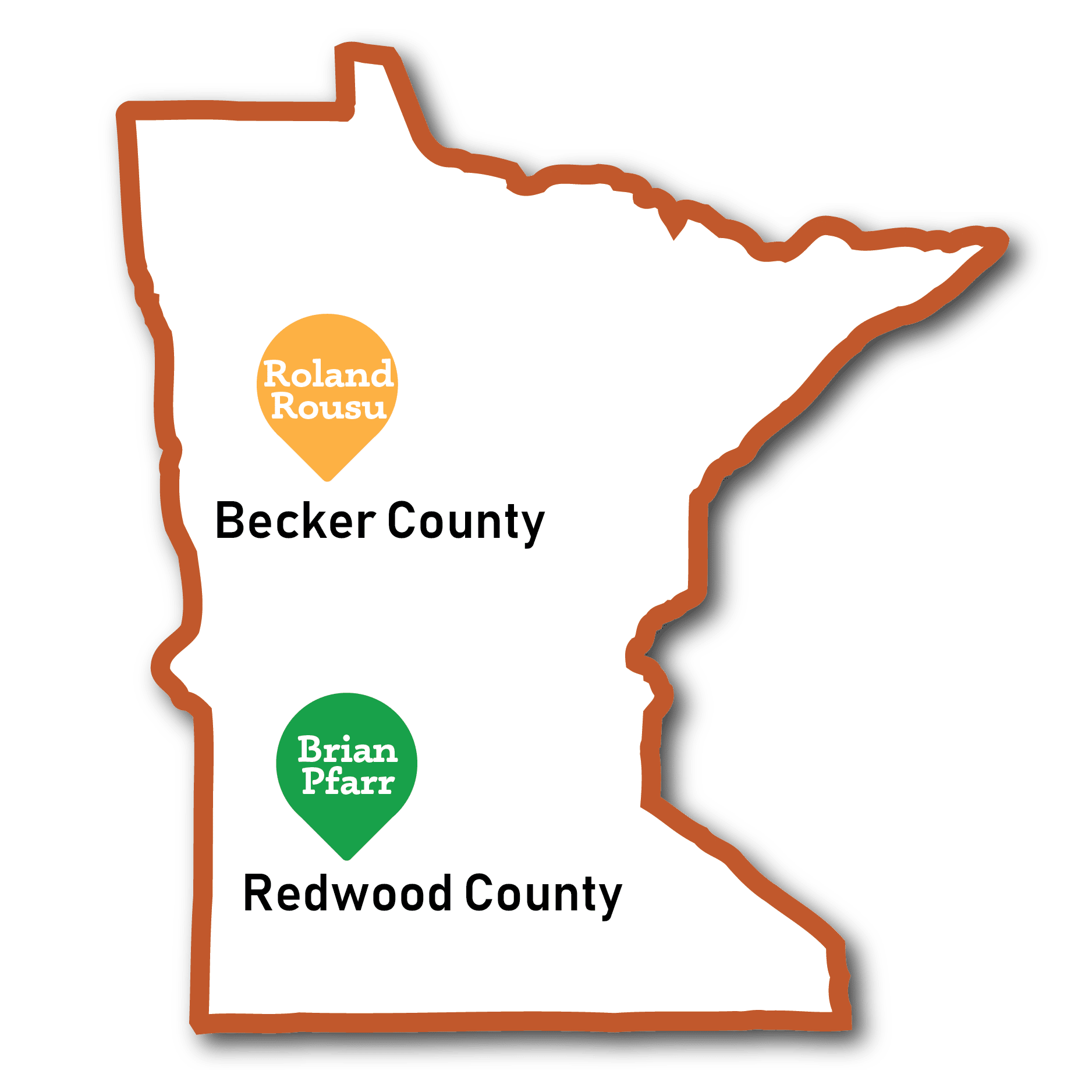

The Rousu Family, Wild Ricers
Wild rice is an important crop in Minnesota. Wild rice grows best in lakes and rivers.
Wild rice is an important crop in Minnesota. Wild rice grows best in lakes and rivers.
For the Ojibwe people, wild rice is a sacred food. They call the rice Manoomin (Mah-NO-min) meaning "the food that grows on the water". Maggie Rousu and her family are ricers. They grow wild rice on the waters of their family farm on the White Earth Reservation near Callaway, MN. Wild rice needs a very special environment to grow well, so they take care in every part of the growing process to make sure they are using the resources wisely. Because the water level is so important when growing wild rice, the Rousu family uses a system of culverts to make sure the water doesn't get too high or low. If there is a lot of rainfall and flooding, the water levels can rise, and cause the rice to uproot and die. The system of culverts allows water to drain without causing harm to the surrounding land.
Maggie and her family also set aside enough rice to plant for the next year before they harvest the rice for food. If they don't do this, they could run out of seed and not have enough to plant the following year. The Rousu family works hard and uses their resources wisely so that they can protect the wild rice, water and the land for future generations. They strive to protect their family traditions. For the Ojibwe people, growing wild rice is more than just a way to earn a living. It is also an important part of their history
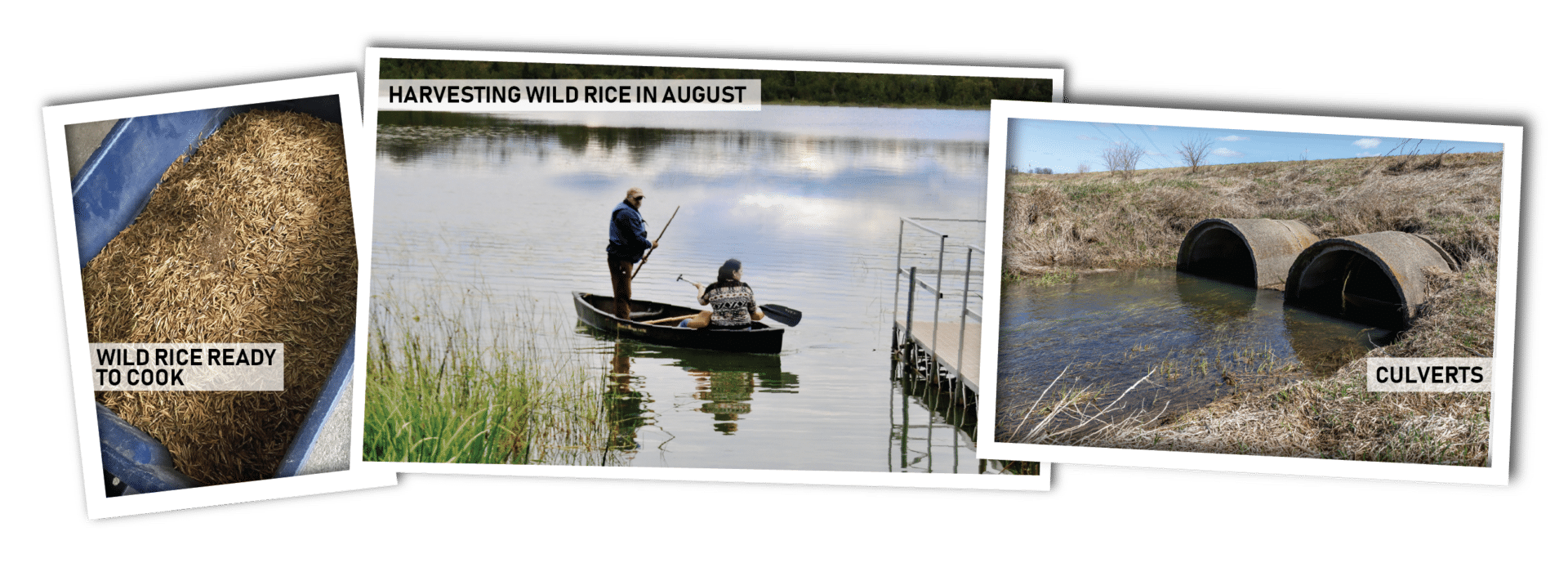
Brian Pfarr, Farmer
Brian Pfarr is a farmer in Redwood County, Minnesota. He raises corn, soybeans, wheat, and cattle.
Recently, Brian wanted to decrease his inputs (time, money, and materials he spends to run the farm) while still having good outputs (growing enough corn, soybeans, wheat, and cattle to sell).
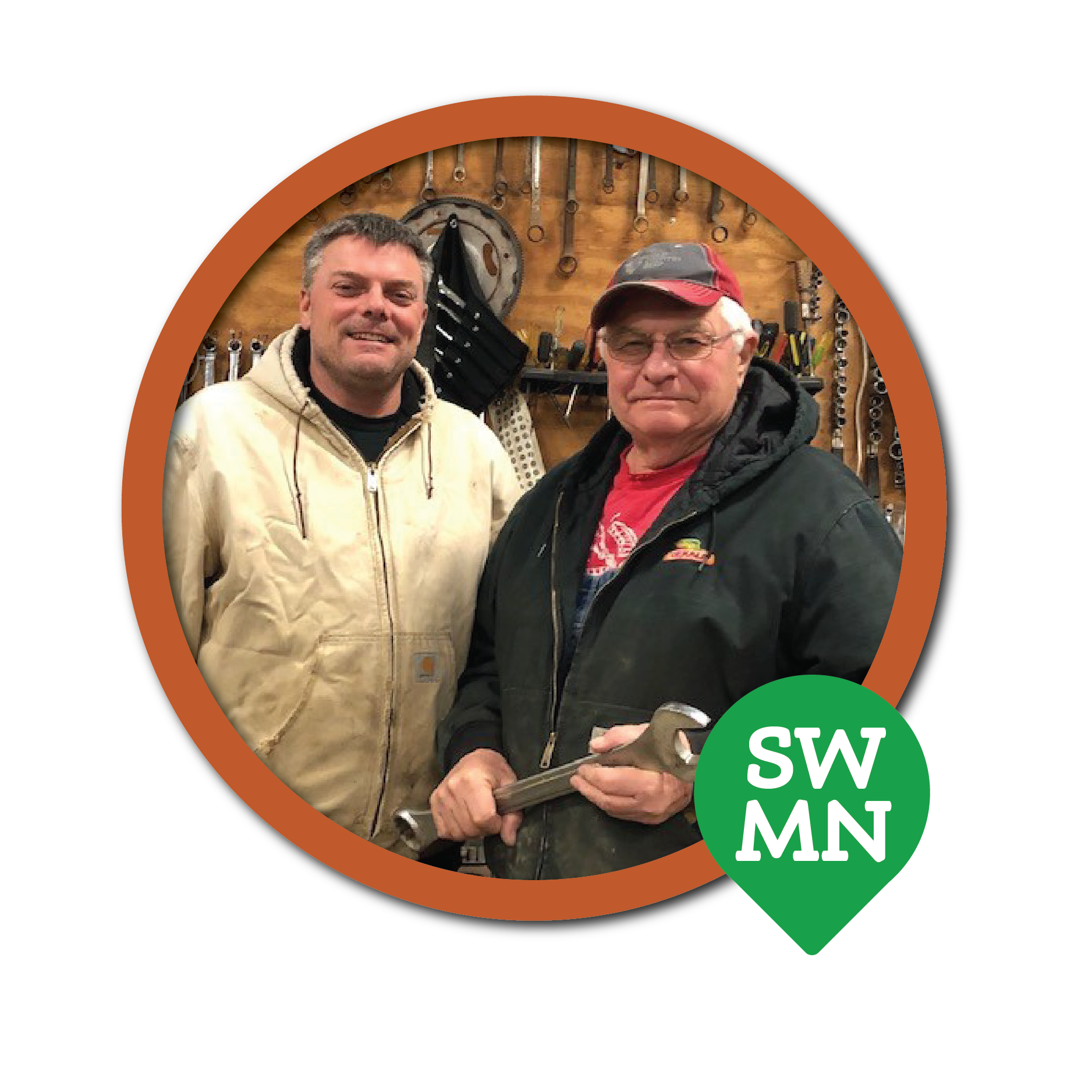
One way Brian has lowered his inputs is by using technology to make sure the soil in his fields is healthy. Brian first collects small samples of soil from different parts of his fields and then sends the soil to be analyzed in a soil science laboratory. This tells Brian if his soil is healthy or if he needs to add nutrients to the soil. Brian then creates maps that show where in his fields more nutrients are needed and adds fertilizers to these spots. Fertilizers are substances added to soil to help plants grow better. Technology helps Brian save money on fertilizer by buying the correct amount and putting it where it is needed.
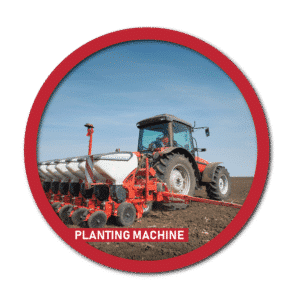 Brian also changed when he tills his fields. Tilling is when farmers loosen and turn up the soil. Instead of tilling the fields every spring and fall, Brian only tills in the spring. By not tilling in the fall, things like earthworms and microbes can get to work making the soil even healthier.
Brian also changed when he tills his fields. Tilling is when farmers loosen and turn up the soil. Instead of tilling the fields every spring and fall, Brian only tills in the spring. By not tilling in the fall, things like earthworms and microbes can get to work making the soil even healthier.
Brian also uses technology to save money on the seed that he plants and grows. Growing seeds too close or too far apart can cause the plants to not grow as well. The machine Brian uses to plant the seeds uses technology to place the seeds so they are spaced out just right. This allows them to have the perfect amount of space to grow. By making a few changes to how he farms, Brian has been able to lower his inputs and still grow healthy crops every year.
Think & Discuss
If you were going to farm, what would you grow? Where would you have your farm?
